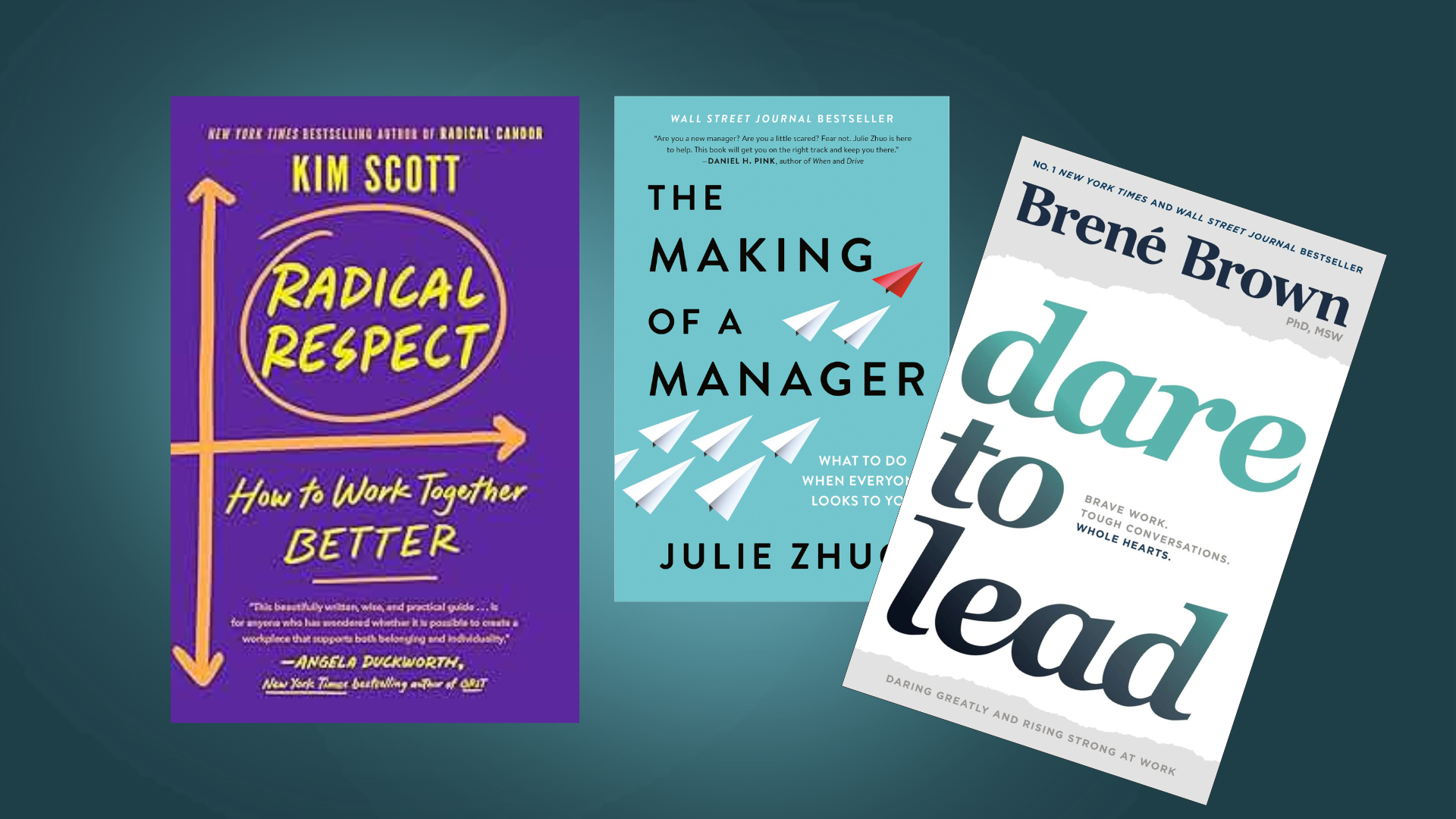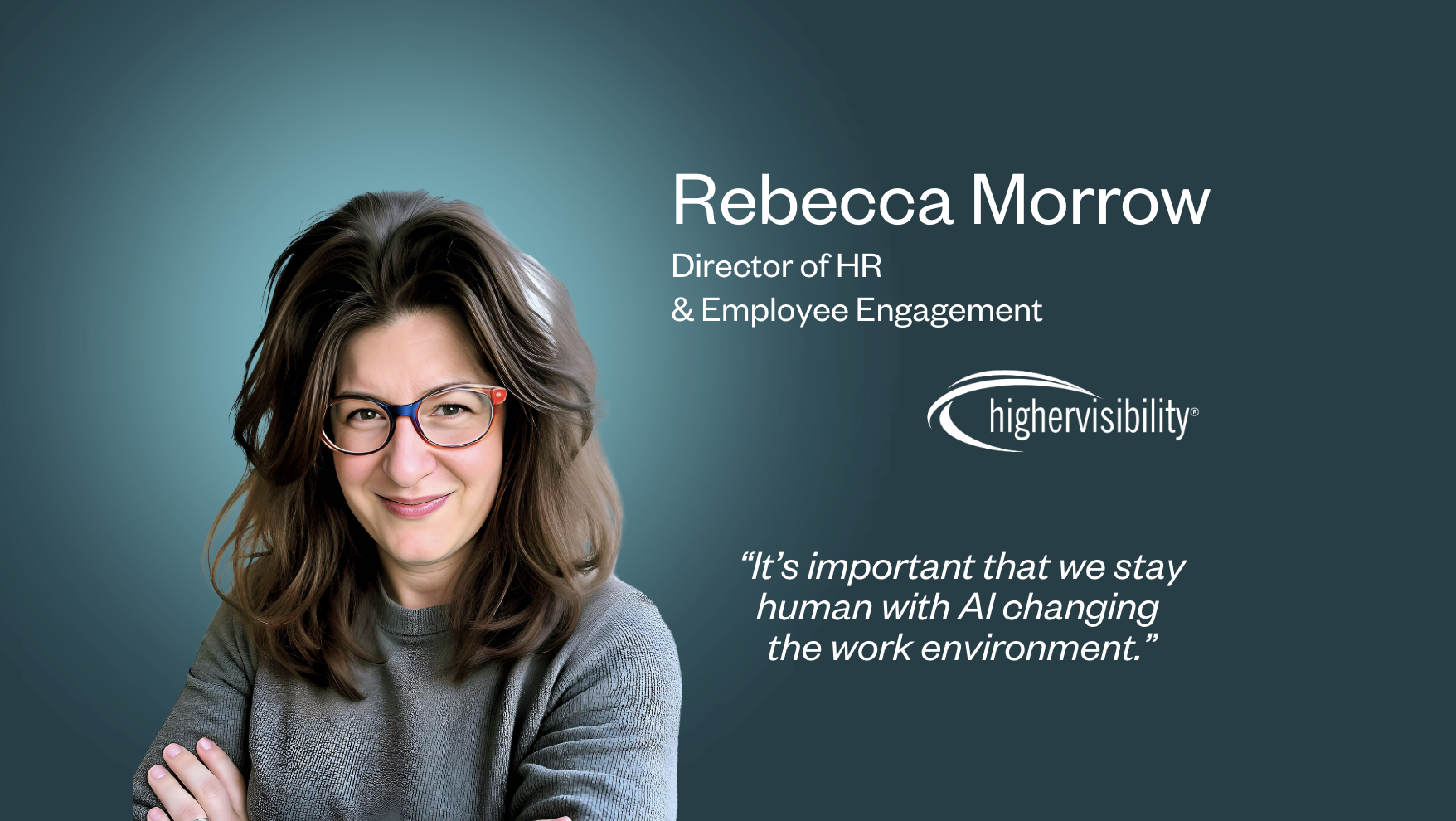The first 100 days are critical to your success in a role. They set the tone for your tenure, demonstrating your ability to roll out initiatives (new or tested), and create impact. As a learning and development (L&D) leader, by the end of your first 100 days, it should be clear to everyone – and especially to the key stakeholders – that you are able to navigate a complex environment and drive positive impact. That your clear vision aligns with business goals.
This guide will lay out the steps to set yourself up for success in your role by focusing on your first 100 days, and you can download our handy checklist here.
Days 1 – 30: Assess and learn
Analyze the current state of L&D
It is critical to get a detailed picture of your organization’s current L&D landscape before you try implementing change. Start by reviewing current programs, tools, and processes. Conduct assessments and meet with your team and stakeholders to understand what’s working and what’s not.
Ask general questions such as:
- “What are the biggest learning and talent challenges?”
- “What L&D initiatives have been most successful in the past?”
- “How can the learning function contribute to achieving business goals?”
- “How have the success of L&D initiatives been measured?”
There are two major pitfalls L&D leaders face when addressing L&D challenges: (1) focusing too much on team structure, and (2) focusing too much on learning initiatives, rather than a broad view of L&D. Avoid these by taking a more holistic view of the bigger picture, ensure all development programmes (coaching, mentoring, management development) are being considered, and always keep in mind business objectives.
Review learning metrics
Success metrics related to L&D programs fall into three camps:
- Primary metrics (need to have) include vital statistics, like completion rates, impact on performance, and return on investment.
- Secondary metrics (indicators or nice to have) include anecdotal data and sentiment around engagement.
- Vanity metrics, such as number of times a learning platform is opened, or registered session attendees rather than actual attendees, damage credibility and must be avoided.
Build in data from employee feedback, engagement surveys, and input to understand the wider impact of current learning initiatives. As an L&D leader, it’s critical you tie outcomes of programs with business objectives.
Liaise with key stakeholders
L&D is often under-prioritized and under-resourced. To be truly successful in bringing change, you need strategic allies from the beginning. Identify key stakeholders who are already bought into L&D, understand who the influencers are and who the detractors are. You may need to work harder on the detractors to convince and get onboard. Look beyond just the executives, sourcing senior leaders, department heads, and influential employees.
How do I know who my key stakeholders are?
Key stakeholders vary from organization to organization, but will undoubtedly include your CEO, CHRO, CFO and colleagues. Other key players are likely to fit the following criteria:
- They have frequent interaction with the L&D function
- They are responsible for other key areas of people strategy (e.g. recruitment, onboarding, succession planning)
- They have known issues with L&D
- They are keen to support and become an ally
Remember to focus on strategy with senior leaders. When speaking with senior leaders, focus on their broader strategic objectives. As much as relationship building is important, this is the time to center yourself and L&D as strategically imperative. Discuss how L&D can help achieve these goals and demonstrate your proactive approach while aligning L&D initiatives with the broader business strategy.
You’ll likely uncover many and varied pains and concerns, where L&D has been underinvested in or poorly delivered historically. Understanding expectations, pain points, and visions for the future will give you valuable insights into how L&D can align with organizational goals. Create a stakeholder map that outlines their influence and interest levels, and plan your communication strategy accordingly.

Connect with your team
A strong team with high levels of trust will be a critical part of your success. Start by getting to know your existing team members and create a plan to best optimize your existing skill-sets, and fill any gaps. Schedule one-on-one meetings to foster an open dialogue and encourage them to share their thoughts on the current L&D strategy, and where they see opportunities for improvement. Importantly, document these insights and use them as part of your strategy so everybody feels included in your vision.
Leverage technology
Evaluate the current technology stack used for training and development. Are there tools that could streamline processes or enhance learning experiences? Implementing new processes and ensuring the full capabilities of your existing technology (such as AI) can serve as quick wins that also showcase your forward-thinking approach.
Days 30 – 60: The Vision
Create and share your vision for L&D
It’s time to take your research and start creating a clear vision for L&D. This vision must align with the organization’s overall mission and strategic goals. Make it aspirational yet attainable, providing a sense of direction for your team.
Poor communication is often the downfall of people strategies: if senior leaders don’t understand the impact your strategy can have on their own success, they’re unlikely to buy into it. Once you’ve defined your vision, create a presentation or a white paper outlining your vision, goals, and proposed initiatives. Share this with your team and stakeholders, encouraging open feedback and fostering a sense of ownership among those involved in L&D.
Set measurable objectives
Establish clear, measurable objectives that align with your vision and identify how learning programs can contribute to talent development goals like employee retention, career progression, bridging the skills gap and leadership pipeline development. Set up clear metrics to measure success. Start with metrics that are straightforward to track, such as:
- improving employee engagement scores
- increasing training completion rates
- employee satisfaction with learning programs
- skill improvement rates
- employee turnover rates
As you develop your strategies, you can begin to measure behavioral change, such as leadership effectiveness and departmental productivity. There is more subjectivity in these metrics; they require anecdotal inputs, including data from employee surveys, but they are useful for providing insights into trends.
Use these metrics to track progress and adjust strategies as needed.
Days 60 – 90: Enacting change
Find quick wins
Early success stories demonstrate your capabilities as an L&D leader and gain buy-in from stakeholders. Look for opportunities for quick wins such as:
- Minor, impactful adjustments to existing programs
- Revamping onboarding processes
- Launching a small but impactful new initiative
Share the outcomes of these in internal communications or town halls to build momentum and get people excited about upcoming changes.
Make data-driven decisions
L&D teams frequently underutilize data, so you may need to invest resources in setting up analytics. Take the time to understand how to collect and interpret data effectively, creating L&D strategies backed by solid evidence.
Moving to a data-led approach can be challenging for teams who haven’t worked in this way before, but there are a few simple steps you can take to get started.
- Audit existing data: Understand what data you currently collect (e.g., employee surveys, performance metrics, turnover rates).
Always ensure you’re only collecting the information that you need and use, and identify what gaps there are in the data currently available to you.
- Formalize data collection and processing strategies:
- Set metrics that align with business objectives (e.g. time-to-hire, employee engagement scores).
- Standardize processes to ensure consistent collection and storage of data.
- Use HR software or tools for efficient data collection and storage (e.g., ATS, HRIS)
- Provide training for your team on data analysis techniques and tools
- Regularly review data to identify trends and insights
- Use the data
Create a framework for how to interpret data and make decisions based on it.
It’s important to run pilots of new initiatives, and monitor how they impact data and trends. Regularly communicate data findings and their implications for HR practices to the team, and wider stakeholders.
Treat employee feedback as data and you’ll truly understand the success of your L&D initiatives. Use surveys, focus groups, and informal discussions to gain insights on experiences and expectations. This feedback is invaluable as you refine your programs and demonstrate responsiveness to employee needs.
Champion a growth mindset
Your actions set the tone for the rest of the organization. Championing a growth mindset means looking at the bigger picture for L&D, not just focusing on learning initiatives. Ensure you and your team are taking advantage of all development opportunities and setting the standard for the wider organization.
- Does your new organization have a peer mentoring program?
- Is there an opportunity for a formal coaching program?
- Are there clear career pathways and development opportunities?
Introducing coaching to targeted populations within the organization (e.g. new managers, leadership teams, female leaders) demonstrates your commitment to tailored and meaningful development programs. Creating a culture of growth boosts morale and improves retention.
Communicate, communicate, communicate
Communication is key to your success. This is the only way you can get buy-in and engagement in your ideas. Ensure you have the following in place:
- Open lines of communication with your team and stakeholders.
- Feedback loops for ongoing dialogue about L&D programs.
- Regular updates on the progress of L&D initiatives to the wider organization.
- A platform to celebrate successes and address challenges.
Conduct a 90-Day review
As you approach the end of your first 100 days as an L&D leader, conduct a thorough review of your accomplishments and challenges.
Evaluate the impact of your initiatives: ensure you’re using data to support where you’ve been successful, and create a clear plan to overcome them.forward to improve and challenges.
Ask for feedback: Seek feedback from key stakeholders to get a rounded view of your impact, understanding any issues that have arisen from changes you’ve made, and any success stories from around the business.
Adjust your strategies: Use the insights from your review to pivot and adapt your plans. This flexibility sets you apart as a leader and demonstrates your commitment to continuous improvement.
Compile your findings: Create a report of your view and make it visible to relevant parties. The goal is to maintain momentum for your new changes and promote buy in.
Create a long-term strategy
As your initial days come to a close, you should be forming a long-term strategic roadmap for L&D. This should include goals, timelines, and key initiatives that will help drive the learning agenda forward. Ensure this roadmap is flexible, allowing for adjustments based on feedback and shifting organizational needs.
Your long-term strategy for L&D must align with the overall business strategy. Regularly engage with strategic decision makers to understand any potential shifts in organizational priorities. Dig into the “why” behind them (There is always a “why”) And see how these are expected to translate into business outcomes.
Your first 100 days as an L&D leader establish your credibility and lay the groundwork for success. Success lies in understanding the current landscape, building relationships, crafting a compelling vision, and focusing on data-driven decisions.
Remember, being an L&D leader is not just about delivering training, it’s about creating a culture of development that aligns with and drives business success. It is an amazing and impactful adventure! Embrace the journey, stay engaged, and most importantly, enjoy the process. Your leadership is key to creating a powerful impact in your organization.
Download our first 100 days checklist to maximise your success as an L&D leader here.







